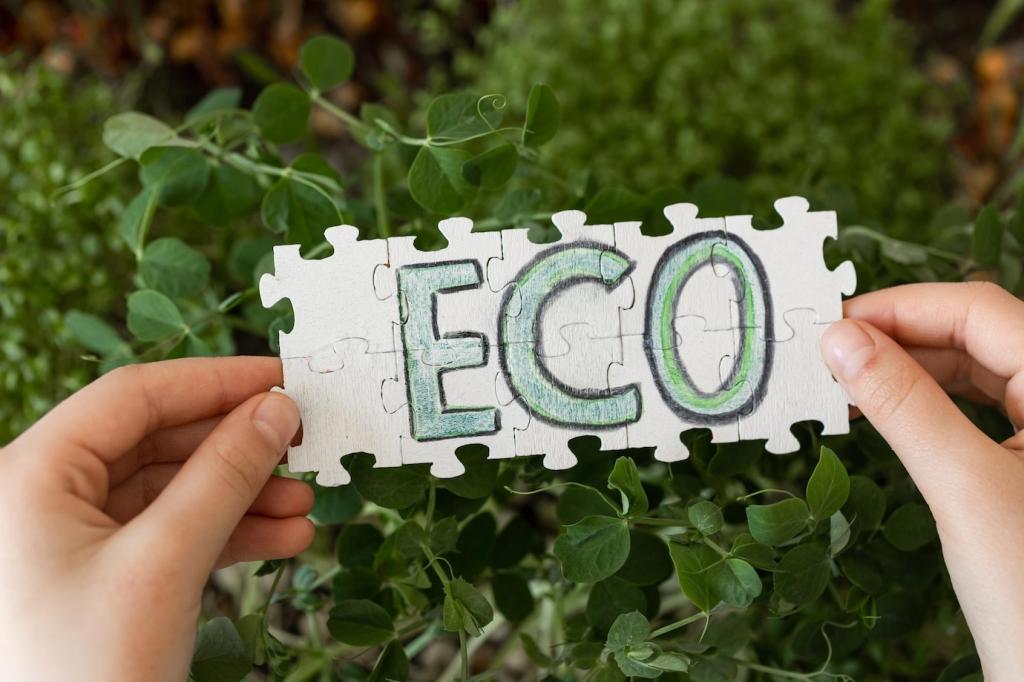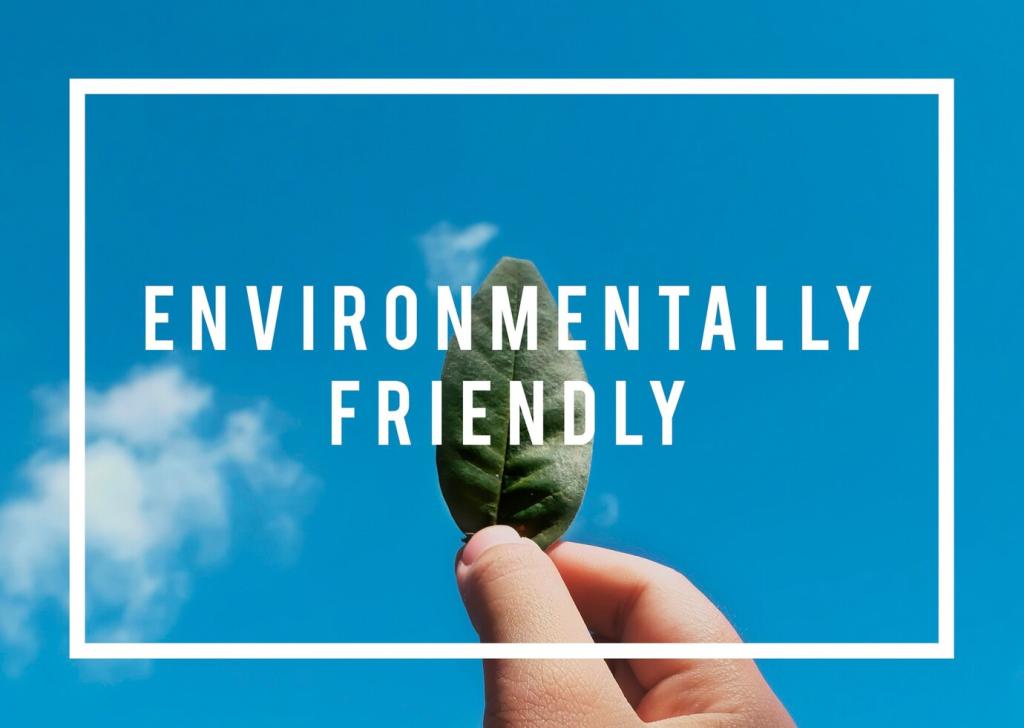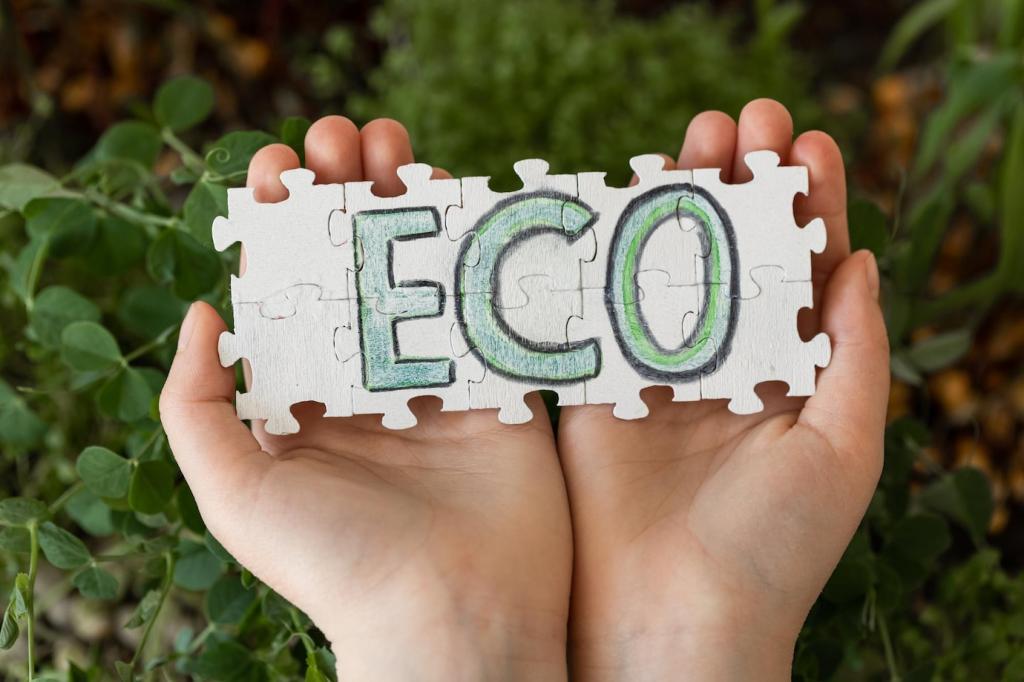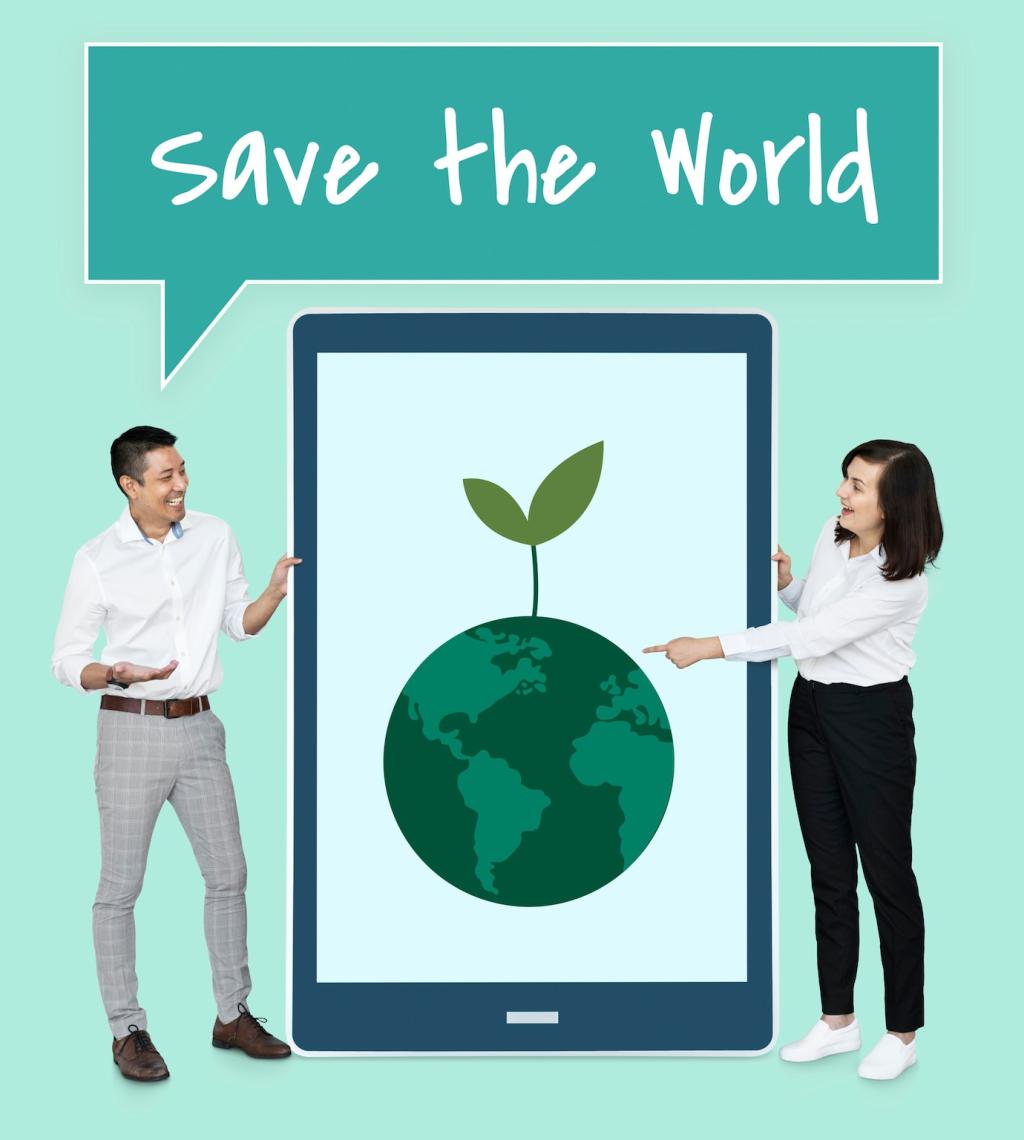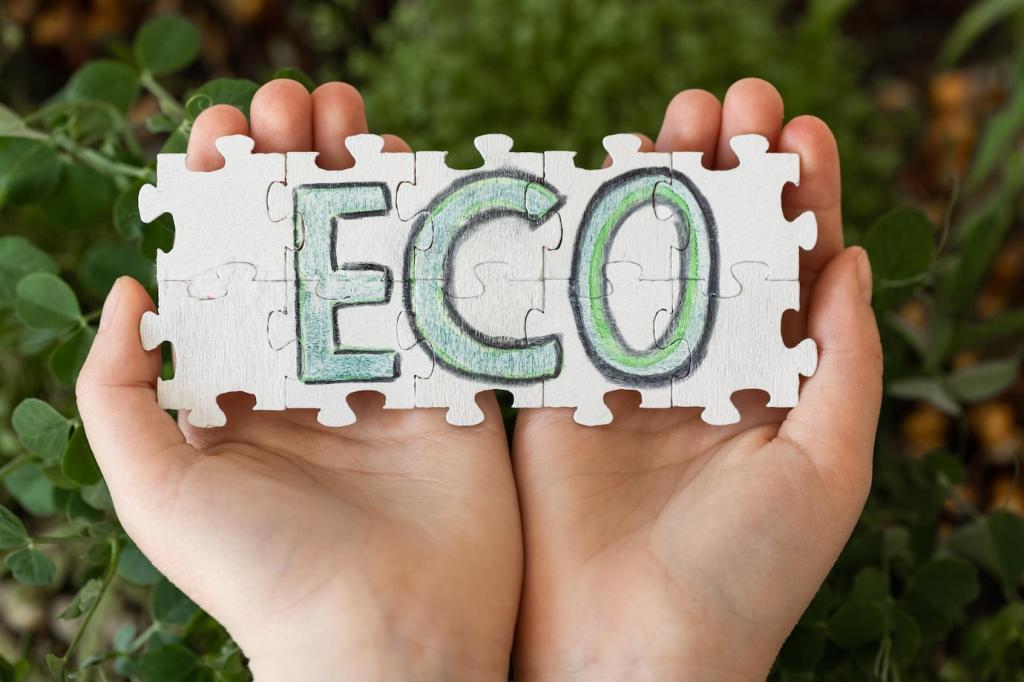Know Your Audience Ecosystem
Interview real people, not just your supporters, to uncover practical and emotional drivers. Commuters might fear inconvenience; small businesses might fear cost. Translate fears into design challenges, then tailor messages that reduce friction, honor identity, and show benefits right where daily decisions happen.
Know Your Audience Ecosystem
Sketch the local landscape: schools, neighborhood associations, small stores, faith groups, and policymakers. Note who influences whom and where decisions are made. This map reveals allies, pressure points, and opportunities for partnership so your campaign rides existing currents rather than swimming upstream alone.
Know Your Audience Ecosystem
Build personas from real interviews. Maya, a night-shift nurse, recycles only if bins are close. Luis, a café owner, wants composting if customers value it. Share these stories with your team so creative choices serve people’s realities, not assumptions. Invite readers to contribute persona insights.



